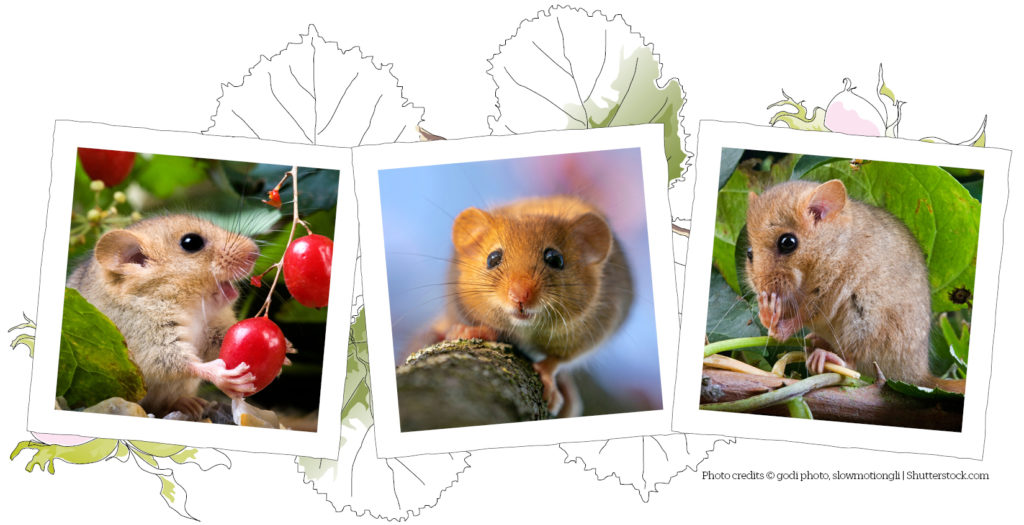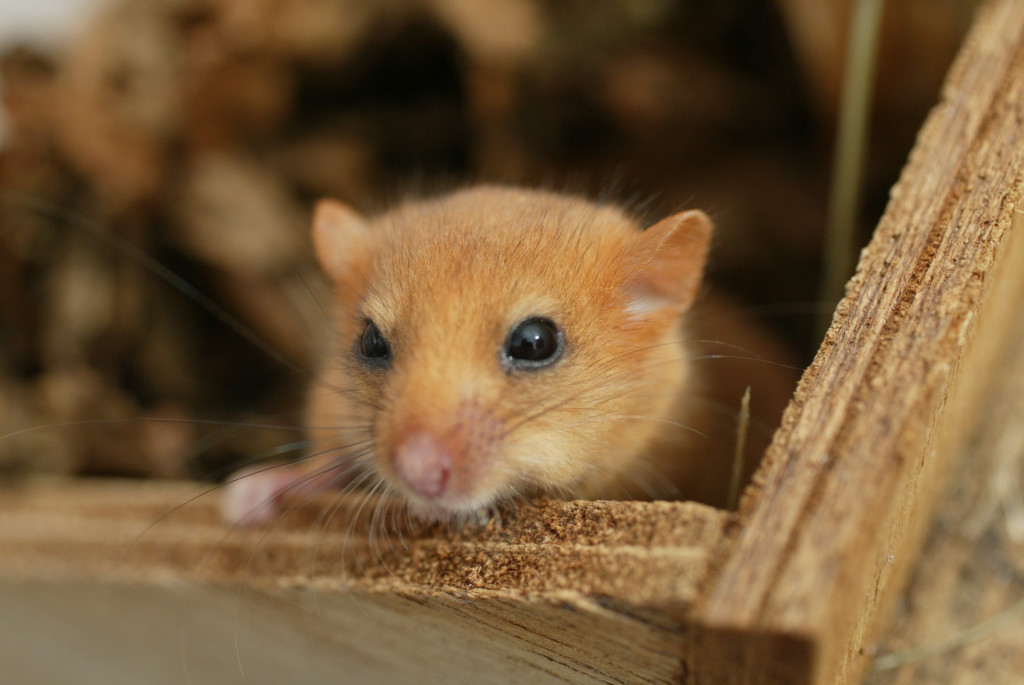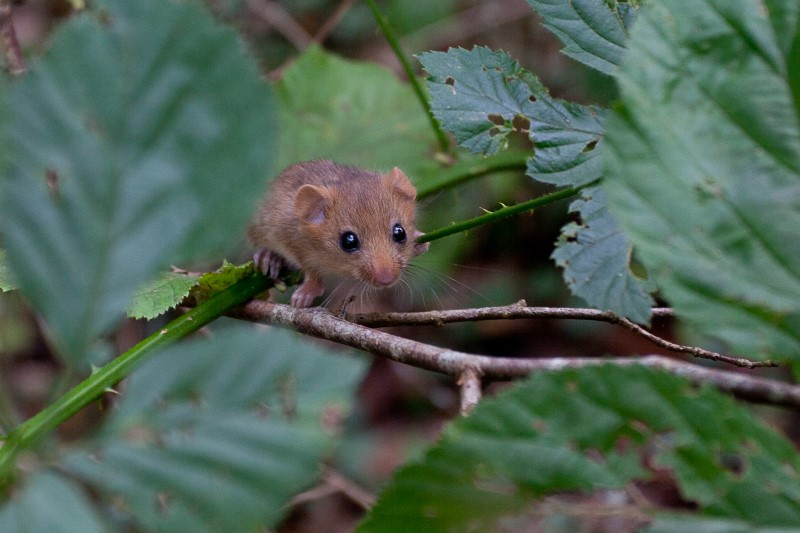House a dormouse today
I want to sponsor a houseCan you protect dormice in danger?
By donating to our appeal, you’ll be helping return hazel dormice to carefully managed woodlands where they can flourish again.
What’s the problem?
Only 100 years ago, dormice were widespread throughout England and Wales. Their natural woodland habitat was managed through careful cutting of trees and shrubs, and was connected by a healthy network of hedges. But since then, inappropriate woodland management has hit dormice hard.
The ancient woodlands they rely on are shrinking and becoming more isolated as roads and developments carve up the land and traditional hedgerows are lost. There are fewer areas where dormice can forage and isolated animal populations makes it incredibly difficult for dormice to thrive in our countryside. We’re working hard to promote better woodland management and restore hedgerows, but it’s just not enough to save dormice. To help ensure their long term survival, we return them to areas from which they have become extinct with carefully planned dormouse releases.

Our recent State of Britain’s Dormice report reveals an alarming loss of 51% of the population since 2000.
How do reintroductions help?
We deliberately release dormice in breeding pairs and supply them with food, water and nest boxes so they have a safe environment in which to breed. Hazel dormice are slow breeders compared with most other small mammals, but with the right help, these founder populations will produce countless generations of dormice in the coming years and establish a healthy population as a direct consequence of your support.
By placing dormouse boxes in woodlands across the country, we provide dormice with a safe home when natural nesting sites are scarce. These boxes give us a practical and systematic means of monitoring dormouse populations. They tell us how different regions are faring, where we need to release new dormice to fill the gaps in threatened populations, and where we need to connect them with better hedgerows so they can find breeding partners.

Why save dormice?
Despite many people never having seen a dormouse, they’re a treasured British species. Dormice are great indicators of animal and plant diversity – where dormice thrive, so do all kinds of other species we want to protect, such as flowers, bats and butterflies. But they’re highly vulnerable, and that’s why they’re one of PTES’s key species. We run the National Dormouse Monitoring Programme and the figures tell us clearly that dormice have declined by half since 2000. However, evidence shows the decline is slowing, which means our efforts are making a difference.
Every dormouse life is precious. To save them from extinction, we have to do everything we can to protect them.
Recent reintroductions
We’ve now released over 1,000 dormice to 26 woodlands, in 13 counties where they had become locally extinct, rebuilding lost populations and ensuring new generations of dormice in the future.

All of our reintroductions happen in June, before the mating season, so that the dormice can adapt to their surroundings before breeding begins.
This year, we released 38 dormice into the wild, in a large private woodland in the heart of the National Forest. The site is an ancient woodland supporting an array of native wildlife, and is home to oak, hazel and honeysuckle, providing lots of secure places for dormice to forage and nest. With the help of volunteers, the team will monitor the reintroduced population over the coming months and years to ensure they remain healthy, and in time, the dormice will hopefully breed and disperse into nearby woodlands to create a self-sustaining wider population.
Your sponsorship of a dormouse house will give endangered dormice and their babies the help they need to survive.
A key part of conservation is allowing animals to thrive in the wild. When dormice have babies, we try not to disturb them. They need to learn how to forage for food, build nests and disperse into the wider woodland. By supporting our House a Dormouse programme, you are supporting our work to appropriately manage woods for wildlife and provide nest boxes to dormice so they can safely nest and raise their young. As part of this programme, we send out an informational booklet about dormice and our work to protect them, as well as photos and updates about the dormice throughout the year.
Read our FAQs.
-
Not ready to donate just yet? Sign up to our monthly e-newsletter for updates on dormice and all the other wildlife we protect.


